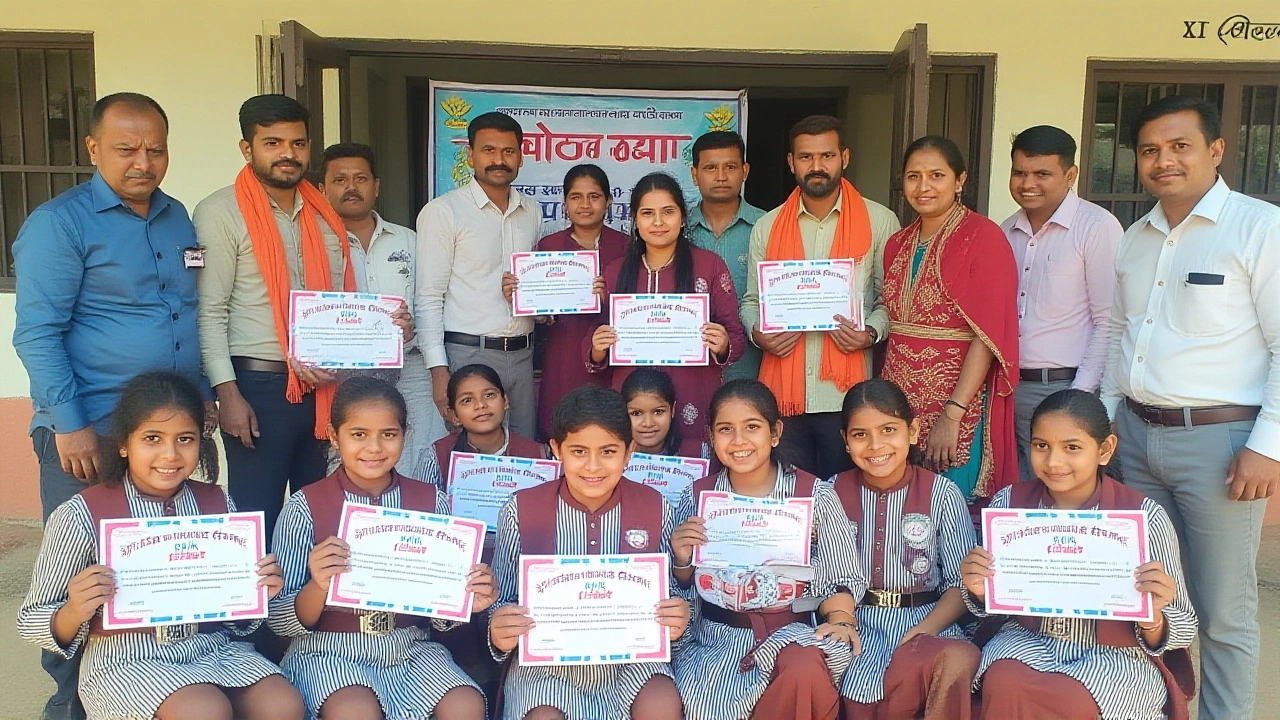World Events – Rajat Jayanti Highlights in Bemetara
If you’re curious about what’s happening in small towns across India, the recent Rajat Jayanti celebration in Bemetara is a perfect example. The event mixed tradition, talent, and a splash of local pride, drawing students, artists, and officials together for a day that felt both historic and fresh.
At the heart of the celebration was a vibrant rangoli competition. Artists turned the ground into a canvas of colored powder, creating intricate patterns that reflected both cultural symbols and personal creativity. The judges, a mix of teachers and community leaders, praised the top designs for their detail and the way they captured the spirit of Rajat Jayanti. Winners walked away with trophies, but the real reward was the buzz they created among neighbors who stopped to admire the work.
Rangoli Competition Shines
One of the standout designs featured a large lotus surrounded by flowing ribbons of red and gold. The artist explained that the lotus represents purity, while the ribbons symbolize the continuity of the guru‑shishya relationship celebrated on this day. Another entry used traditional motifs like the peacock feather and the ancient script of Sanskrit, bridging past and present in a single layout. The audience voted loudly for these pieces, showing that people still love seeing their heritage expressed in bold, visual ways.
The rangoli event wasn’t just about aesthetics; it also gave local vendors a chance to sell supplies and snacks. Small tea stalls popped up, offering chai and samosas to participants and spectators alike. This side hustle added a festive market vibe, turning the event into a community gathering spot beyond the competition stage.
Essay Contest Recognizes Young Talent
Parallel to the colorful floor art, a essay contest highlighted the intellectual side of the festival. High‑school students submitted pieces on the meaning of Rajat Jayanti, the role of teachers, and how education shapes society. Three students – Jaya Sahu, Leena Dhivar, and Anamika Sahu – clinched the top spots. Their essays impressed the panel with clear arguments, personal anecdotes, and a respectful tone toward the tradition.
Jaya’s piece stood out for linking the guru‑shishya bond to modern mentorship in tech startups, a nod that resonated with the audience of aspiring professionals. Leena focused on the importance of preserving oral histories, while Anamika brought in a comparative look at similar festivals across India. All three received certificates, cash prizes, and the chance to present their work at the next district meet.
Adding a political touch, MLA Deepesh Sahu served as the chief guest. He praised both the rangoli artists and essayists, emphasizing that creativity and education are the twin engines driving community growth. His short speech highlighted upcoming infrastructure projects aimed at improving school facilities in Bemetara, tying the celebration back to real‑world development goals.
For anyone looking for a snapshot of how tradition meets modern ambition in rural India, the Bemetara Rajat Jayanti event offers a clear picture. From colorful floor art to well‑crafted essays, the day proved that cultural festivals can be platforms for talent, dialogue, and local development.
Stay tuned to our World category for more updates on community events, cultural celebrations, and stories that show how everyday people keep traditions alive while pushing forward.
